WEEK 1.2: KEITH HARING & PROTEST ART STUDY
- Evon Liew
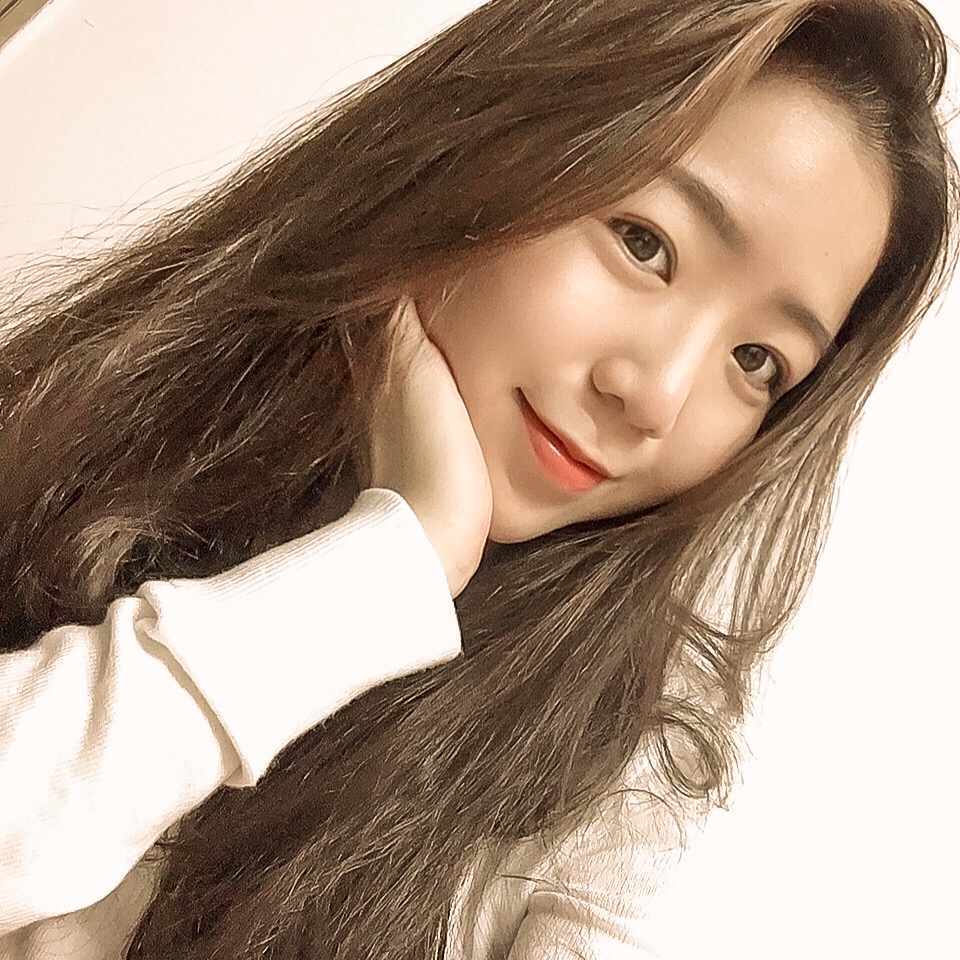
- Apr 21, 2020
- 2 min read
Updated: Apr 28, 2020
1) Keith Haring
Keith Haring developed a love for drawing at a very early age, learning basic cartooning skills from his father and from the popular culture around him. In addition to being impressed by the innovation and energy of his contemporaries, he was inspired and determined to devote his career to creating a truly public art. Haring completed numerous public projects in the first half of the 80’s, and then open the Pop Shop. The shop received criticism from many in the art world, however Haring remained committed to his desire to make his artwork available to as wide an audience as possible, and received strong support for his project from friends, fans and mentors. Throughout his career, Haring devoted much of his time to public works, which often carried social messages.
Haring was diagnosed with AIDS in 1988. He expand the audience for his work through exhibitions, publications and the licensing of his images. Haring enlisted his imagery during the last years of his life to speak about his own illness and generate activism and awareness about AIDS. Keith Haring died of AIDS related complications at the age of 31. Since his death, Haring has been the subject of several international retrospectives. The work of Keith Haring can be seen today in the exhibitions and collections of major museums around the world.
Example of his contributions:
2) Ai Weiwei
He is one of the most famous figures associated with political activism in contemporary art. Using his art to address the corruption of Chinese government and their neglect of human rights, but also other politically touchy issues, Ai Weiwei has become a synonym for disobedience and protest art of our times. Some of his most memorable pieces are the Study of Perspective series where he took photographs of his middle finger sticking it up various monuments around the world including Tienanmen, the installation Remembering where he campaigned to bring justice to the victims of the 2008 earthquake in Sichuan, the installation Sunflower Seeds consisted of 100 million porcelain seeds made by 1600 artisans commenting on the mass production and consumption, and lately a controversial piece addressing the plight of Syrian immigrants. As one of the loudest protest artists, Weiwei has often paid the price for his art, his tongue in cheek criticism and outspoken attitude, but continues to speak and act for many.
Example of his arts:
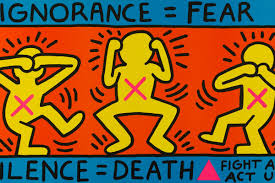
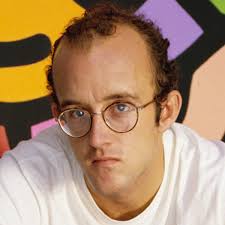






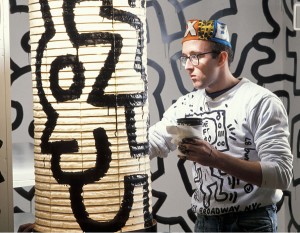


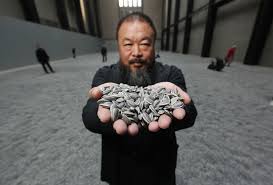
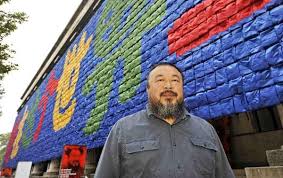
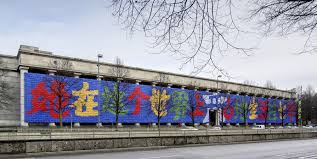
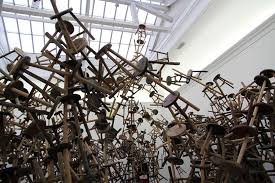
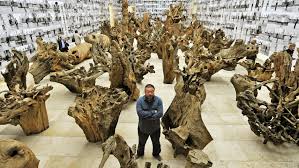



Comments